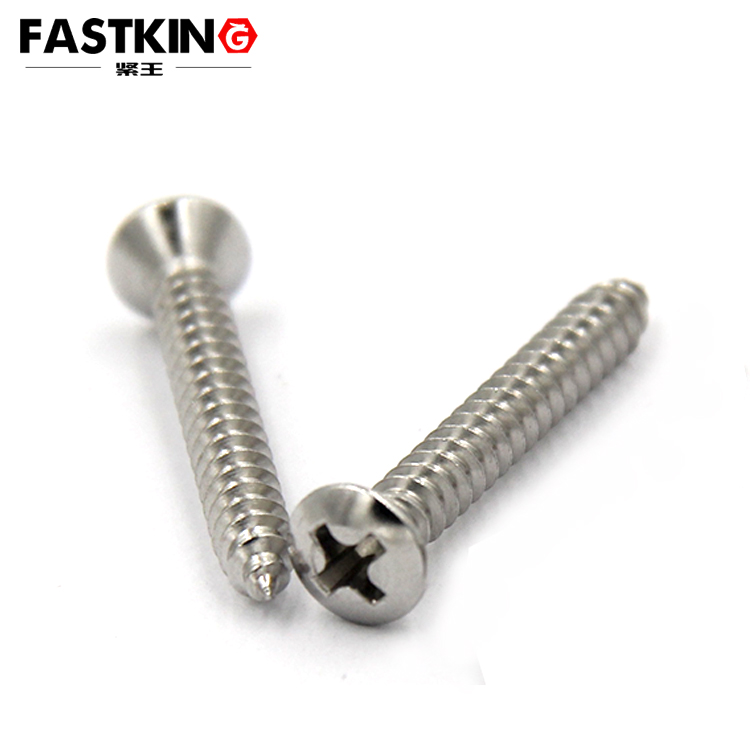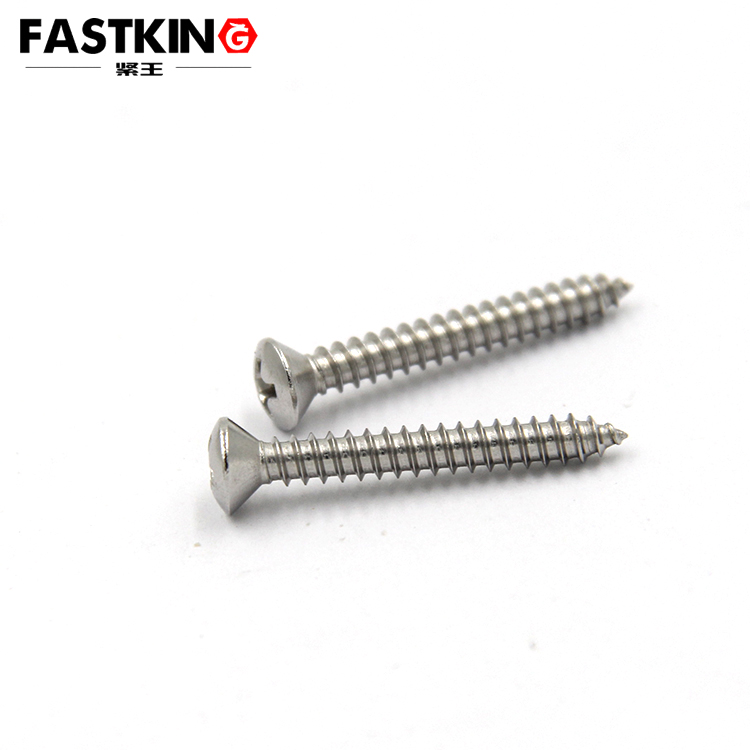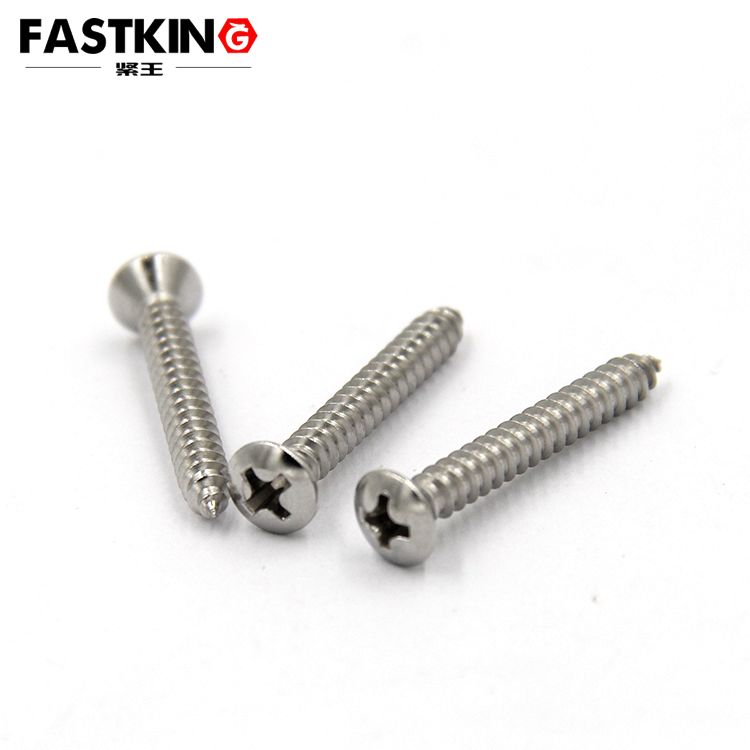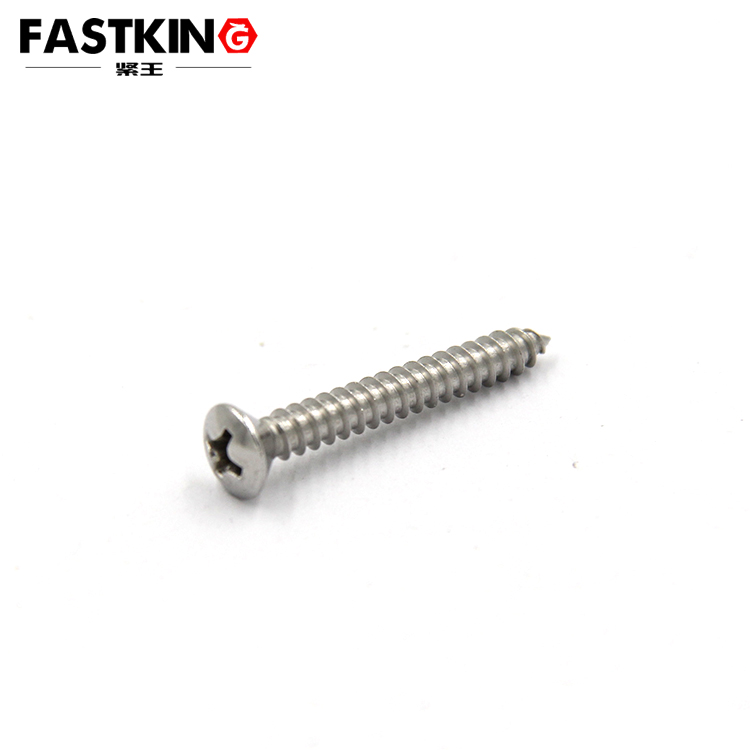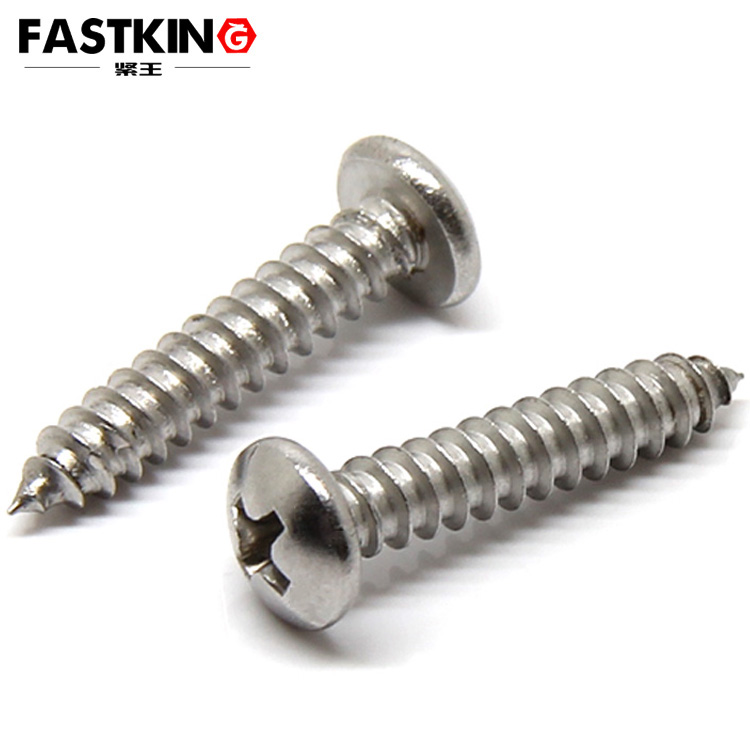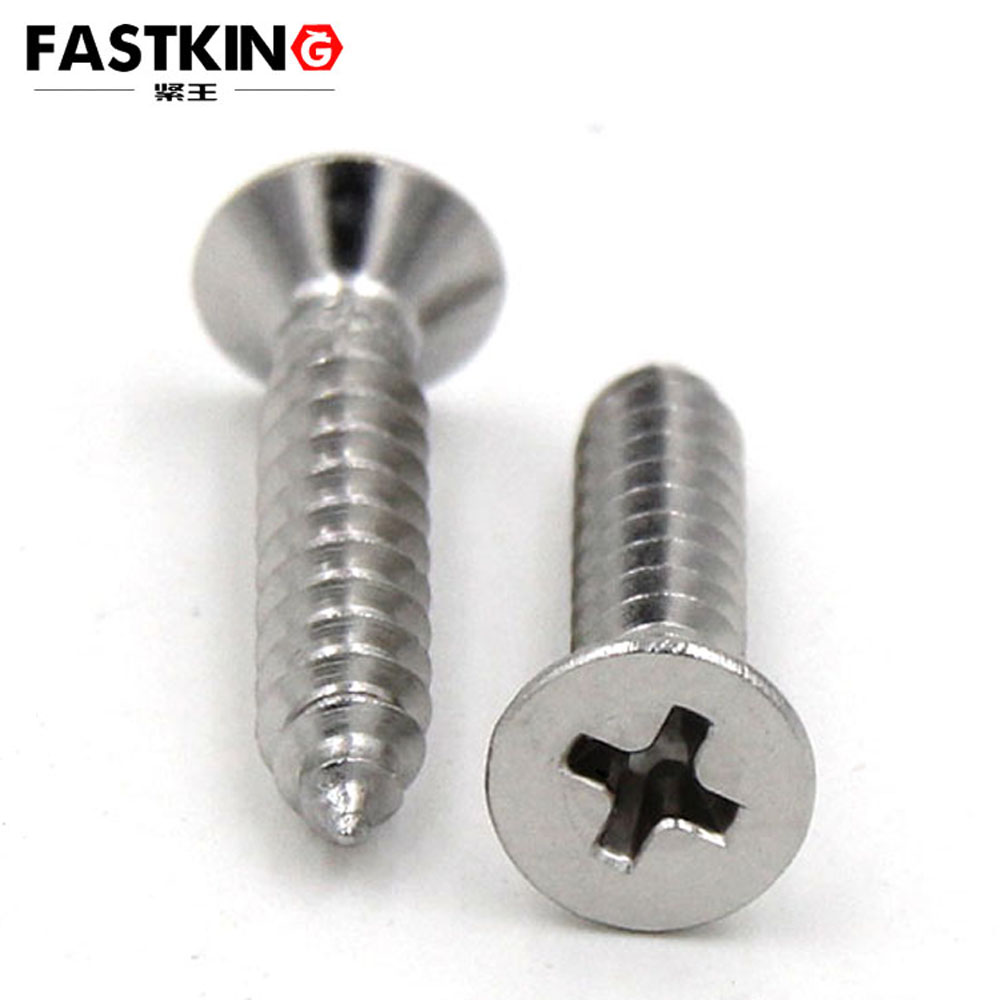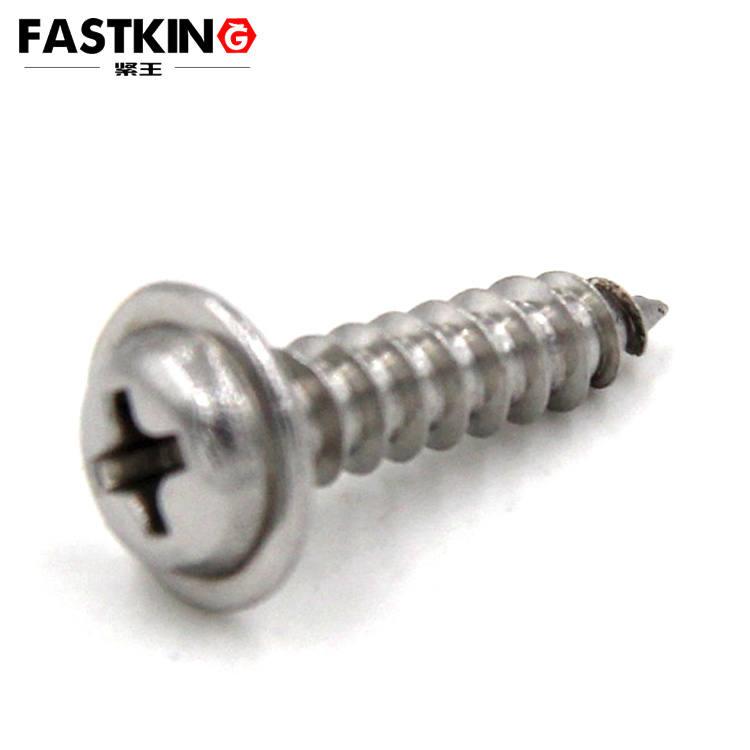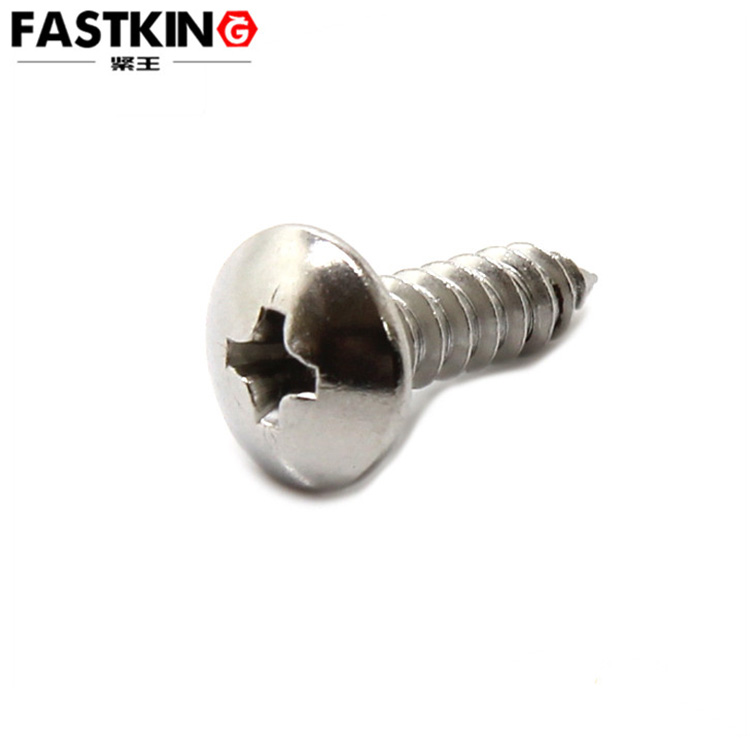Cross recessed countersunk head self-tapping screws are a subcategory of self-tapping screws. Their core characteristics consist of three parts:
-
Drive Method: The screw head is machined with a "Phillips Slot" (cross recess), which requires operation with a Phillips screwdriver/driver bit. Compared with traditional slotted (flat-head) drives, it can withstand greater torque, reduce slippage, and is suitable for automated assembly scenarios.
-
Thread Characteristics: Equipped with "self-tapping threads" (no pre-tapping required on the connected workpiece). It forms internal threads in materials (such as plastic, wood, and thin steel plates) through the screw’s own cutting/extruding action, simplifying the installation process.
-
Head Function: The core design of "countersunk head/oval countersunk head" is that the head can be embedded into the surface of the connected workpiece after installation, avoiding scratches or aesthetic issues caused by protrusion. This distinguishes it from protruding head types such as "pan head" and "cylindrical head".
The "flat head" and "oval countersunk head" you mentioned are essentially two different head structures. They have clear differences in appearance, post-installation state, and application scenarios, as detailed in the comparison table below:
In addition to the head structure, the following properties of such screws also determine their application scope. Understanding these can help with selection:
